|
When I visited the Hida Sashiko exhibition last year I purchased a small book called Hida Sashiko no Techo (The Hida Sashiko Notebook, by Reiko Futatuya, first released in 1978, reprinted 2013, published by Hida Sashiko), as I always do whenever I come across a book about sashiko that’s not in my collection. Every book has its own appeal, and I never tire of looking through my collection and taking in the variety of sashiko styles and applications. Anyway, by today’s standards this book is very simple; thirty three pages in mostly black and white, and basically just a reference for patterns, but in 1978 when it was first published I doubt there were many books about sashiko available, so I am sure it would have been a valuable resource. (Still is, actually. I found it referred to less than a year ago on this blog, which is written in Japanese, but the photographs are lovely.) As with most such books there is a general description of sashiko’s roots in reusing and reinforcing cloth, but I liked the concrete examples given; for example stitching the tabi (socks) worn by the boatmen transporting lumber down the river to make the sole non-slip in the water; or stitching a chrysanthemum motif in the in the corner of a furoshiki (wrapping cloth) to prevent knots coming undone. There’s a brief discussion of cloth (hemp, cotton and silk), thread and needles, and tools with the general advice of choosing the thread and needles to suit your purpose. All in all there are twenty-eight designs introduced, which the author says are a sample of those most commonly used in Hida, and are a mixture of hitomezashi (one stitch), and moyozashi (pattern sashiko). Each design has a simple explanation of the name, composition and roots, and shows the dimensions on graph paper so that the patterns can be reproduced and adapted. Most of the patterns were familiar, as I had seen them before in various forms in other sashiko books, but I did find a couple that were completely new to me. One was Roku Yata goshi (Roku Yata lattice), so-called because it was used on the costume of a popular kabuki actor in the early 19th century when he played the role of a samurai called Roku Yata, and the pattern became hugely fashionable. Another was Yoshiwara tsunagi, (linked Yoshiwara) a series of linked octagons, which I have seen printed on towels and clothing but never as sashiko. According to this book it is often used for actors and dancers stage costumes. Further research led me to discover that it was used on the curtains of teahouses in the red-light Yoshiwara district in Edo, hence the name Yoshiwara. For some reason this design struck a chord in me; I love the suggestion of strength and complexity, in a compact simple line – and felt compelled to make something with it, so I stitched it onto the back of my jeans jacket. When Reiko Futatuya wrote that she hoped these patterns would be used for new fabrics and purposes, I don’t expect she imagined this!
2 Comments
When winter snows are deep and customers are few, then is the time for artisans to close up shop and take their wares on the road. Of course this may not be as necessary nowadays with online shopping, but one such travelling exhibition that regularly comes to the Yokose Gallery near me in winter, is Hida Sashiko from Takayama in Gifu prefecture. Gifu prefecture is in central Japan, far from the northern Tohoku region where the so-called three main types of sashiko (Shonai, Tsugaru Kogin and Nanbu Hishizashi) are said to have originated. Whether sashiko started in one particular region and spread from there, or developed independently all over the country is not clear, but it is true that sashiko is found all over Japan, from Okinawa to Hokkaido. Hida is both the name of a city and a region in Gifu, where sashiko is commonplace, so Hida sashiko could refer to sashiko of the region, but this exhibition was from the Hida Sashiko company based in Takayama city, Gifu. The family-owned company was originally established in 1975, however various disputes led to two members of the family setting up their own companies. Keiko Futatsuya established Sashi.Co which focuses on designing, clothing and sashiko supplies, while her son Atsushi Futatsuya runs Upcycle Stitches which offers sashiko supplies and workshops, and is generally spreading the word about sashiko in English. It’s fascinating to see the way this dynamic pair are adding new dimensions to the sashiko world, especially as the appeal of sashiko grows internationally. Anyway, perhaps it was because of the cold wintry weather when I went to see the Hida Exhibition, that I only had eyes for flowers and cherry blossoms. To be sure there were many bags, cloths, and coats with exquisitely stitched hitomezashi (one stitch sashiko) and moyozashi (pattern sashiko) designs, but seeing the cherry blossoms incorporated into wall hangings made me feel as joyful as any flower-viewing party, and after feasting my eyes I went home smiling.
|
Watts SashikoI love sashiko. I love its simplicity and complexity, I love looking at it, doing it, reading about it, and talking about it. Archives
September 2022
Categories
All
Sign up for the newsletter:
|

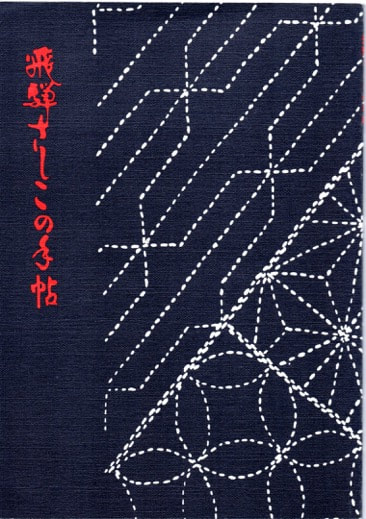
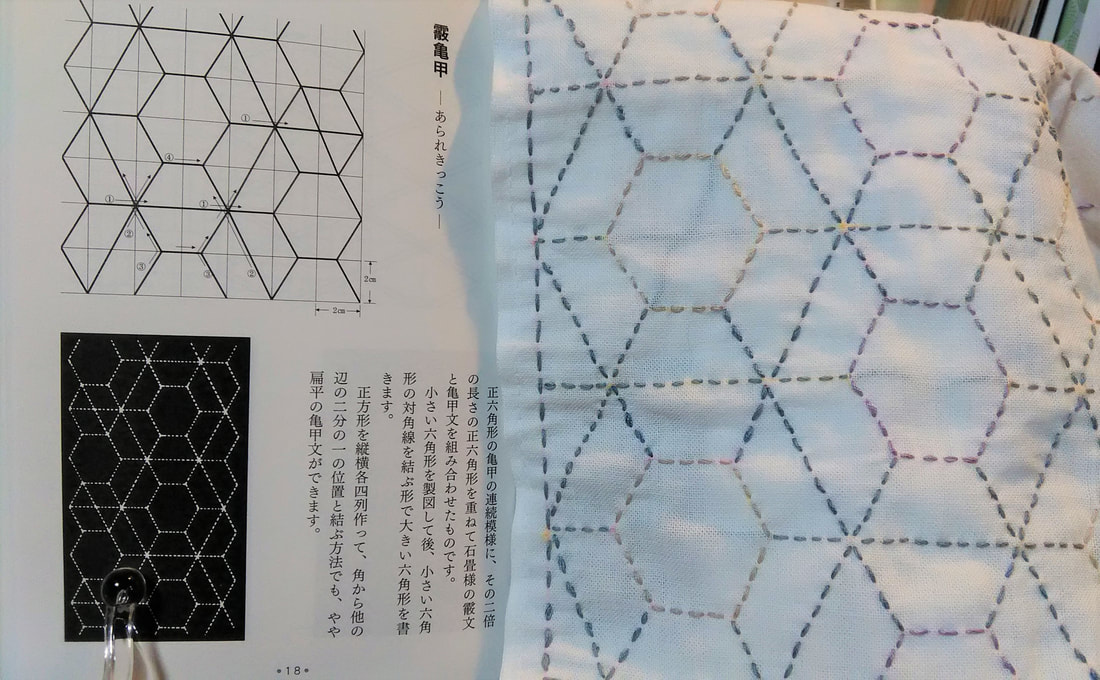
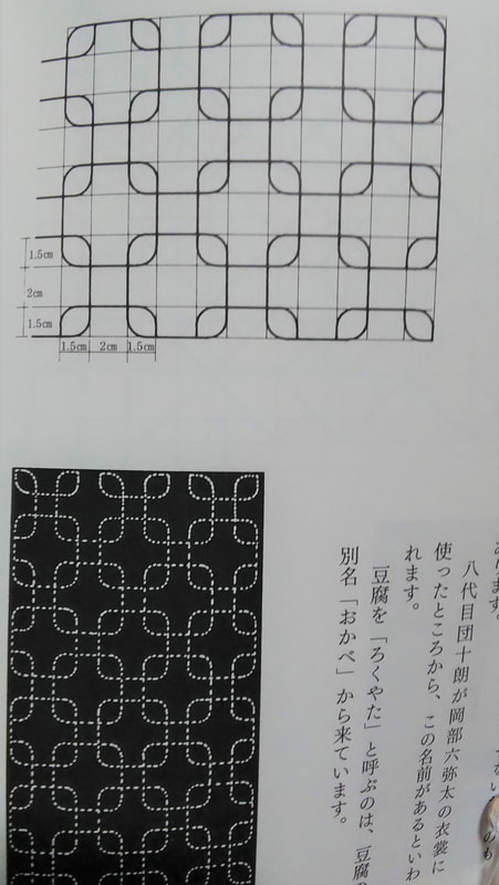
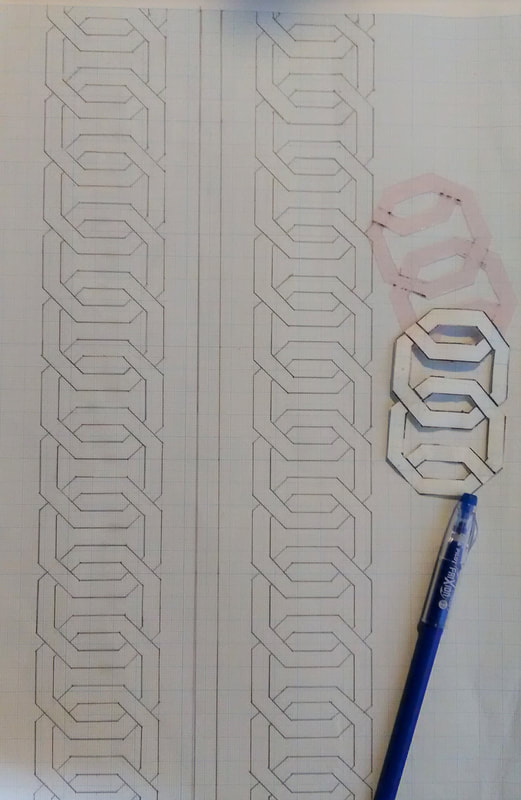
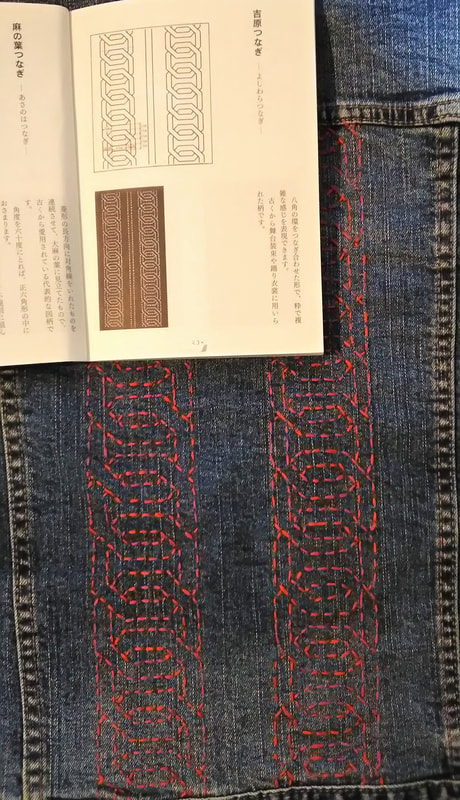
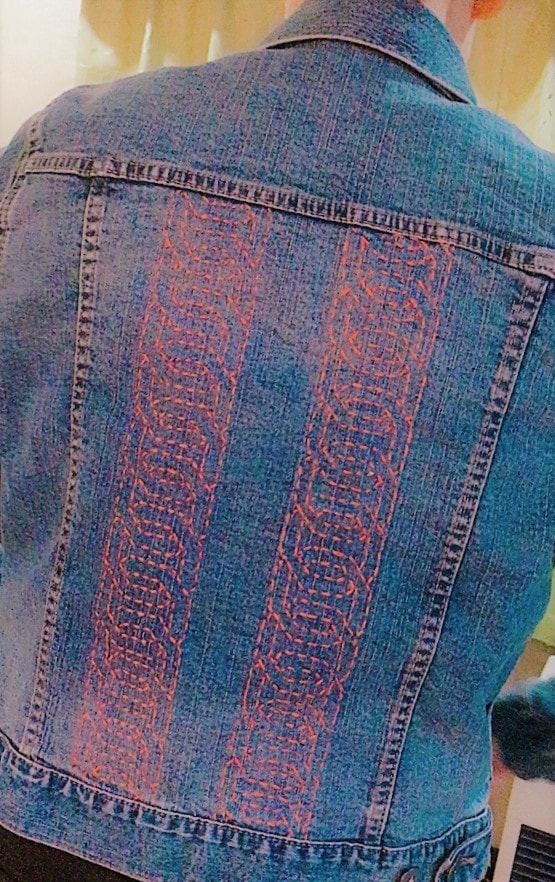
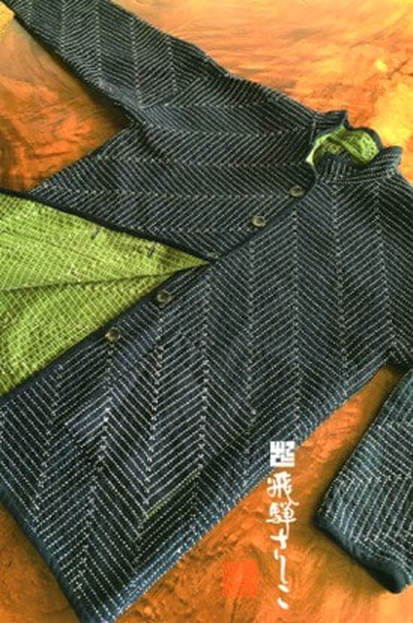
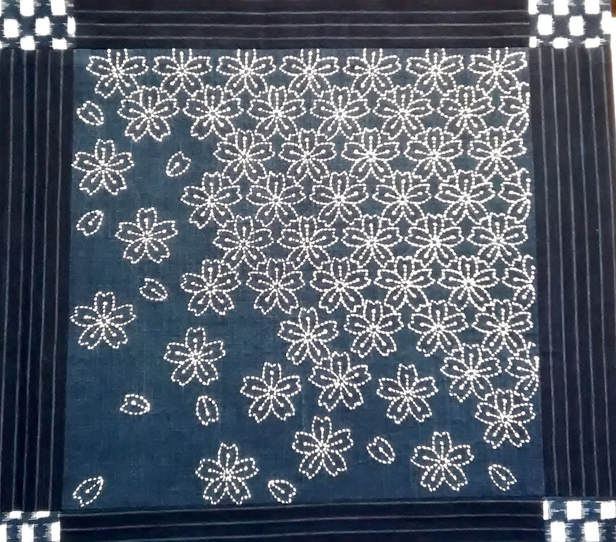
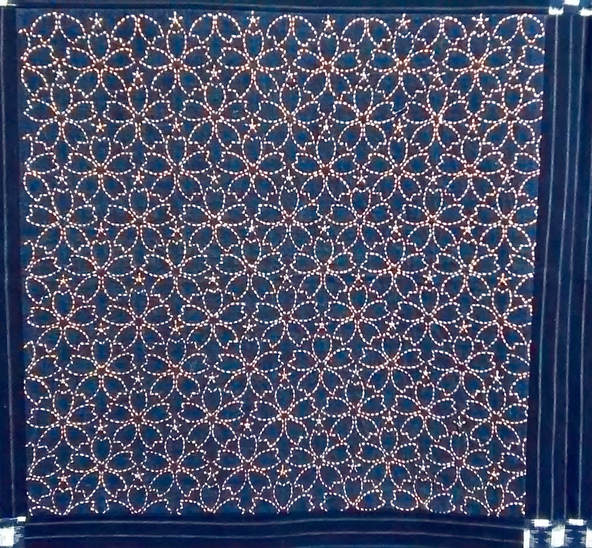
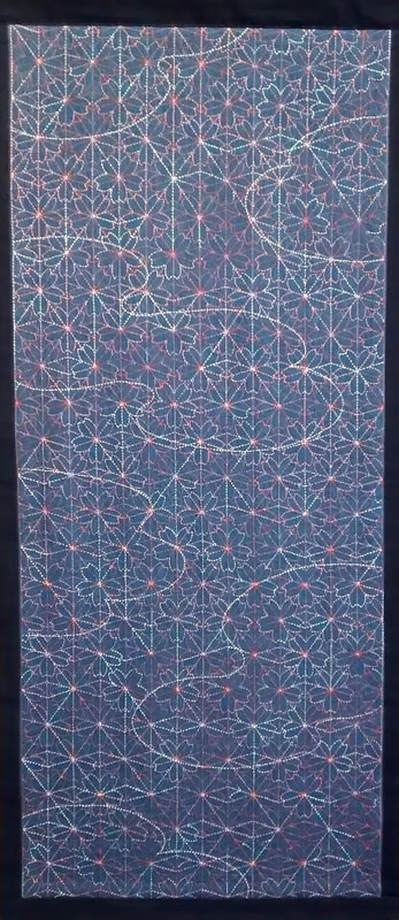
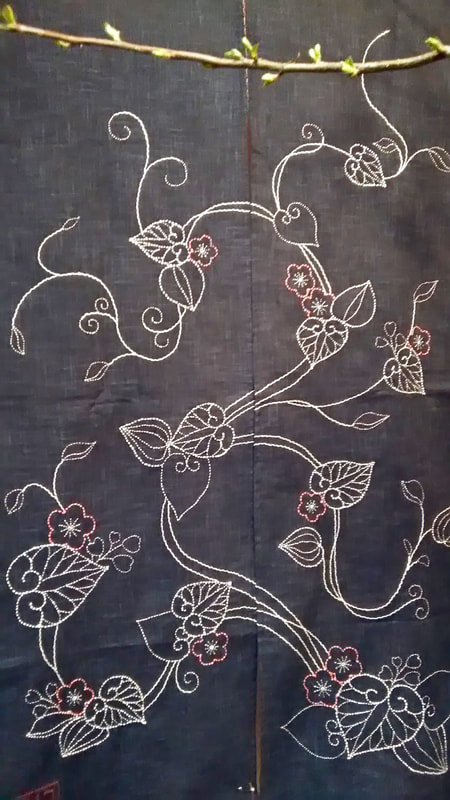
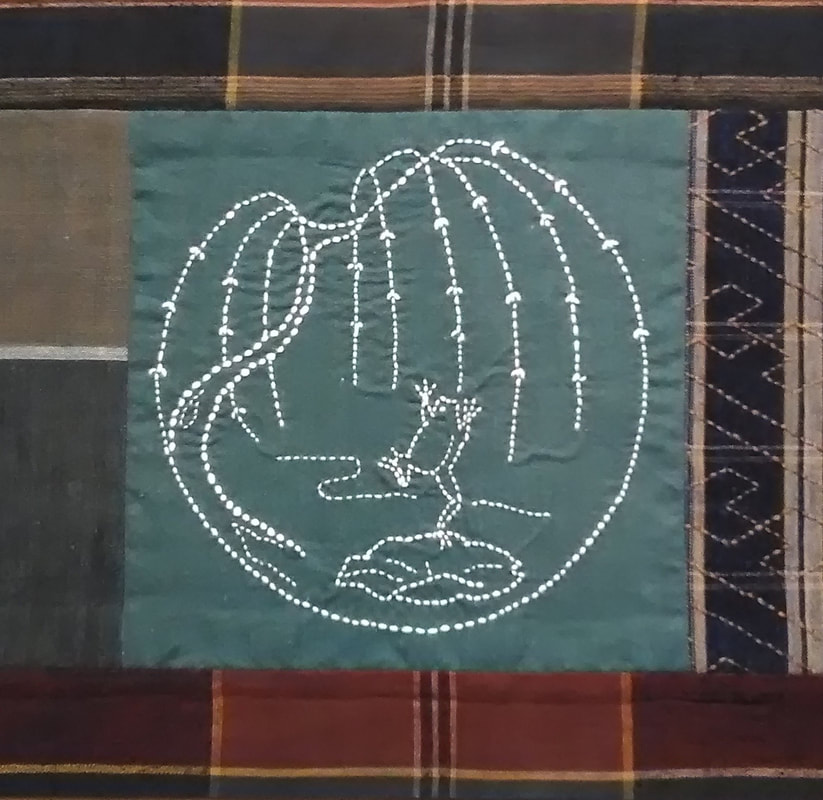
 RSS Feed
RSS Feed



